The allure of the great outdoors isn’t just about the sunsets or the rustling leaves; it’s about creating a haven that reflects your style and withstands the tests of time. From your favorite furniture pieces to the lush greenery, each element in your outdoor paradise deserves the utmost protection. Here’s how you can protect your outdoor investment using outdoor patio furniture for long-lasting appeal.
1. Invest in High-Quality Covers
Your outdoor furniture is the backbone of your al fresco haven, and protecting it is paramount. Invest in high-quality and weather-resistant covers which snuggly tailored for each piece. These outdoor furniture covers act as a shield against rain, sun, and pesky debris, ensuring your outdoor retreat is always ready for relaxation. Here are ways to choose the best covers for patio:
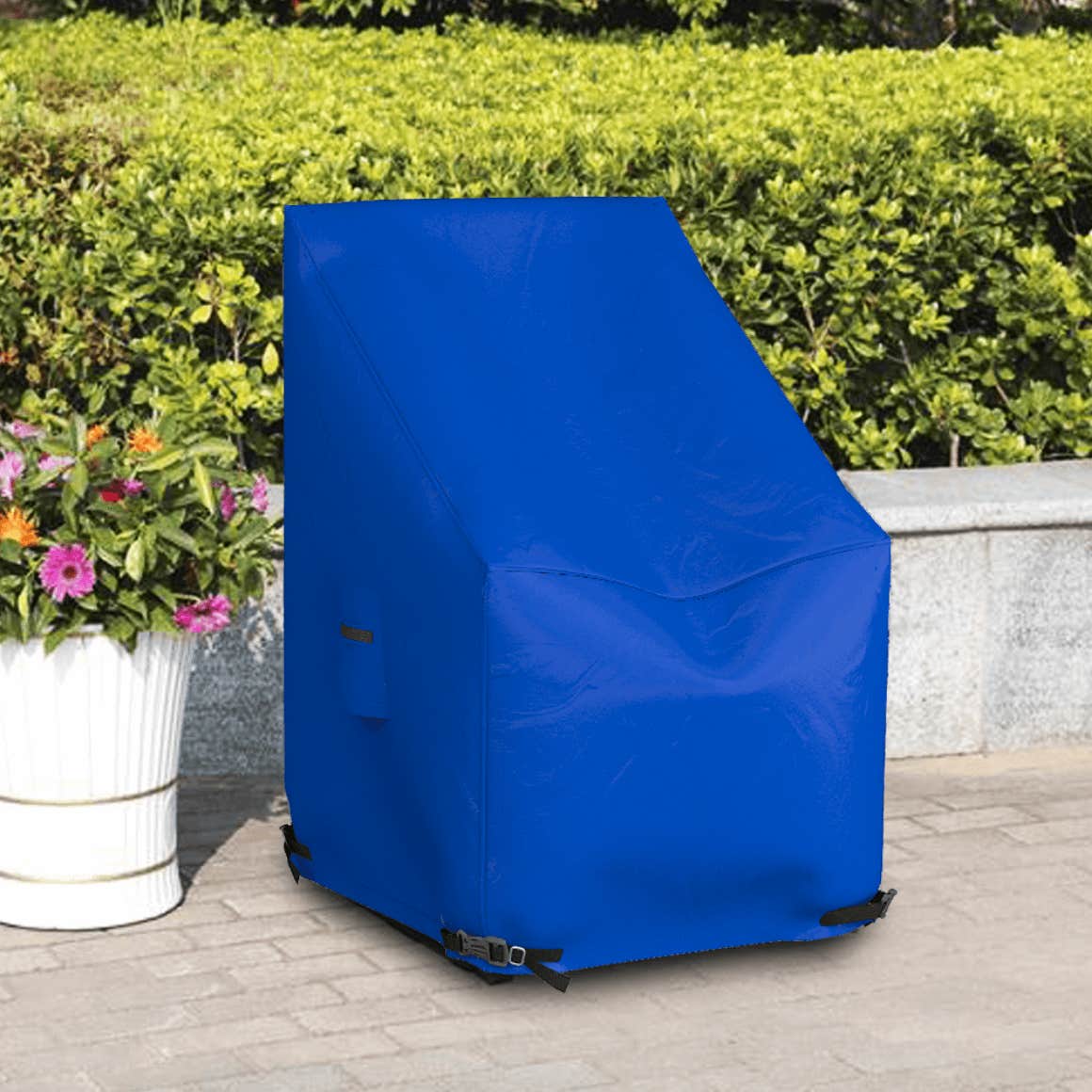
- Choose Weather-Resistant Covers: Prioritize protection with weather-resistant fabrics like polyester or canvas. These covers act as a formidable barrier, shielding your outdoor furniture from rain and harsh sunlight, ensuring it withstands the unpredictable whims of weather. You can even opt for canvas tarps for outdoor protection.
- Tailored Fit for Maximum Defense: One size does not fit all when it comes to protecting your outdoor investments. Opt for custom-fit covers designed specifically for each piece. You can also go for custom vinyl tarps for an unobstructed view. This personalized approach ensures that every contour is covered, leaving no room for rain or sunlight to sneak in and wreak havoc. A snug fit is the first line of defense in preserving the integrity of your outdoor furniture.
- A Shield Against Rain and Sun: Rain can be a relentless adversary, causing damage and accelerating wear over time. Quality covers with waterproof seam binding and rot-resistant thread keep water out, ensuring your furniture remains dry and ready for use, even after a heavy downpour. In the battle against the sun’s powerful rays, choose covers with UV protection to prevent fading and maintain the vibrancy of your outdoor ensemble.
- Defense Against Debris: Leaves, twigs, and airborne debris can turn your serene outdoor space into a maintenance nightmare. Well-fitted covers act as an impenetrable barrier, preventing debris from settling on your furniture. To keep debris off from your outdoor seating area, installing a clear plastic tarps with grommets overhead serves the purpose.
2. Go for the Regular Cleaning Ritual
Dust, dirt, and debris can accumulate over time, diminishing the visual allure of your belongings. Regular cleaning helps maintain the aesthetic appeal of your investments in the long run. Here are some quick cleaning tips:
- Brush Away Debris: Begin by using a soft brush or broom to sweep away loose dirt and debris from your furniture surfaces. This simple step prevents scratches during the cleaning process.
- Mild Soap Solution: Mix a mild soap or detergent with water to create a gentle cleaning solution. This is suitable for most outdoor furniture materials, including metal, plastic, and wicker.
- Spot Test: Before applying the solution to the entire piece, conduct a spot test in an inconspicuous area to ensure compatibility and avoid any potential damage.
- Soft Cloth or Sponge: Dip a soft cloth or sponge into the soapy solution and gently scrub the furniture surfaces. Pay extra attention to areas with stains or built-up grime.
- Reach Nooks and Crannies: Use a soft-bristled brush or an old toothbrush to reach into nooks, crannies, and intricate details of your furniture. This ensures a thorough cleaning process.
- Rinse Thoroughly: After cleaning, rinse the furniture thoroughly with a hose to remove any soap residue. This step prevents soap buildup, which can attract more dirt over time.
- Allow to Air Dry: Let your outdoor furniture air dry completely before using or covering it. This helps to prevent water stains and ensures a fresh, clean finish.
- Inspect and Address Issues: While cleaning, inspect your furniture for any signs of damage, rust, or wear. Addressing issues promptly can prevent further deterioration.
3. Apply Sealant to Protect Wooden Furniture
Preserving the natural allure of your wooden furniture is a task worth undertaking. Take a simple yet impactful step by applying protective sealant – a powerful shield against the potential harms of moisture, UV rays, and insects.
This protective measure ensures that your furniture maintains its intrinsic beauty and stands resilient against the tests of time. By applying sealant, you not only enhance the longevity of your wooden pieces but also invest in the enduring elegance that they bring to your living space. For the utmost care during heavy downpours, create a temporary shelter using heavy duty clear vinyl tarps. Follow these tips for better results:
- Choose the Right Sealant: Select a high-quality sealant suitable for the type of wood used in your furniture. Different woods may require specific formulations for optimal protection.
- Prepare the Surface: Ensure the wooden surface is clean and free from dust, dirt, and any existing finishes. Sand the surface lightly to create a smooth and receptive base for the sealant.
- Ventilation is Key: Apply sealant in a well-ventilated area to avoid inhaling fumes. Outdoor application is ideal, but if indoors, ensure proper airflow and consider using a mask.
- Use Appropriate Tools: Employ brushes, rollers, or sprayers suitable for sealant application. The choice depends on the size and intricacy of the furniture piece.
- Thin Coats for Better Results: Apply thin, even coats of sealant rather than thick layers. Multiple thin coats allow for better absorption and coverage, enhancing the protective barrier.
- Sand Between Coats: Lightly sand the surface between each coat of sealant. This promotes adhesion and smooths any imperfections, resulting in a professional finish.
- Timing Matters: Apply sealant when the weather is conducive. Avoid extreme temperatures, high humidity, or direct sunlight, as these conditions can affect the drying process.
4. Consider Storage During Off-Seasons
Give your outdoor furniture the gift of longevity by considering storage during off-seasons. When the weather turns harsh, providing indoor or covered storage ensures your furniture remains shielded, extending its lifespan and preserving its allure for seasons to come. Follow these tips to store the valuables for long-lasting usage:
- Clean Before Storage: Clean your furniture thoroughly before storage to remove any dirt, debris, or potential sources of damage. This ensures you tuck away a clean and pristine set. Don’t forget to lay custom clear vinyl tarps before starting.
- Choose a Covered Area: If indoor storage is not feasible, choose a covered area like a garage or a shed secured with custom covers. Ensure the space is dry and well-ventilated to prevent moisture-related issues.
- Use Furniture Covers: Even in storage, consider using additional furniture covers for an extra layer of protection. This is particularly useful for items like cushions. You can use different shaped tarps like round tarps to cover unique shaped tables.
- Store Vertically When Possible: If space allows, store items vertically to save space and minimize the risk of damage from items leaning against each other.
- Check for Pests: Before storing, inspect for any signs of pests or insects. Treating the furniture for pests or using repellents can prevent infestations during storage.
- Keep Hardware Together: If your furniture has removable parts or hardware, store them together in a labeled bag to avoid confusion when reassembling.
5. Revitalize Your Space: Rotate and Rearrange Furniture
Transform your outdoor haven with a touch of magic – the art of rotation and rearrangement. This savvy strategy ensures your furniture enjoys an even share of the spotlight, bidding farewell to overexposed spots and ushering in a well-balanced, enduring outdoor retreat. Ways to rotate and rearrange effectively:
- Set a schedule: Set up a routine for rotation and rearrangement. This could be at the beginning of each season or periodically throughout the year.
- Consider Sun Patterns: Observe the sun’s patterns in your outdoor space. Rotate furniture to balance exposure and prevent one side from getting consistently more sunlight.
- Switch Furniture Positions: If possible, switch the positions of larger furniture items. This ensures that all sides experience an equal share of wear and tear.
- Reimagine the Layout: Periodically reimagine the layout of your outdoor space. Experiment with different arrangements to discover new perspectives and make the most of your environment.
- Inspect for Wear: During rearrangement, inspect your furniture for signs of wear, damage, or the need for maintenance. Address issues promptly to prevent further deterioration.
6. Regular Inspections for Timeless Furniture
Become the vigilant guardian of your outdoor furniture by adopting the habit of routine inspections. Keep a watchful eye for any signs of wear, rust, or damage. Swiftly address issues as they arise to stand as a formidable barrier against further deterioration. A little vigilance today ensures your outdoor furniture stands the test of time tomorrow. Here’s why you need to follow regular inspection routine:
- Early Detection of Wear: Routine inspections allow you to spot wear patterns early on, preventing minor issues from evolving into major concerns.
- Rust Prevention: Rust is the silent adversary of metal furniture. Regular checks enable you to catch the earliest signs and intervene before rust takes hold.
- Timely Damage Control: Addressing damage promptly is akin to providing first aid to your furniture. Timely intervention prevents further deterioration and preserves the integrity of your pieces.
- Prolonged Aesthetic Appeal: Keeping a vigilant eye on your furniture ensures that its aesthetic appeal remains intact. Small touch-ups prevent a domino effect of wear that can impact the overall look.
- Longevity Assurance: Regular inspections are the secret to longevity. By nipping potential issues in the bud, you safeguard your outdoor investments for years of unwavering service.
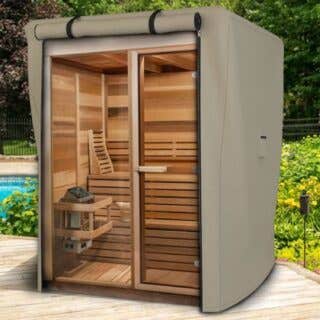

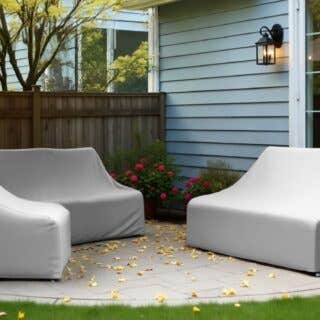



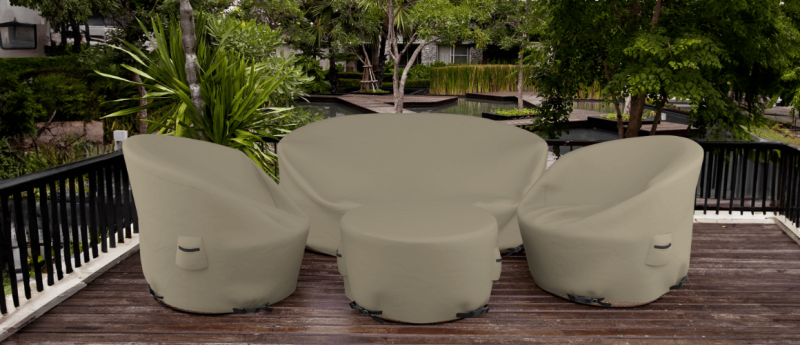
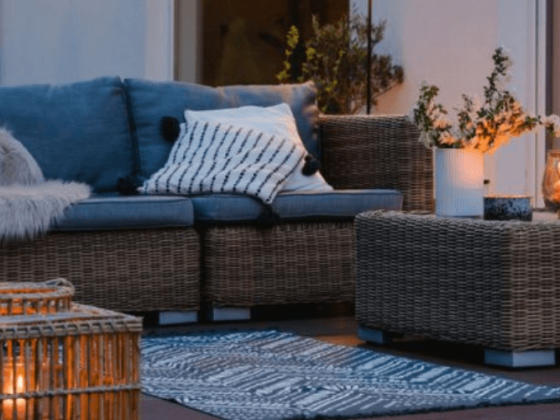
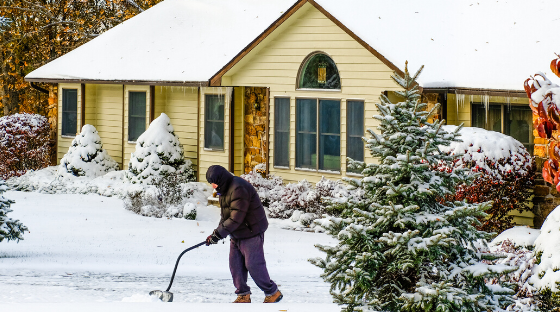
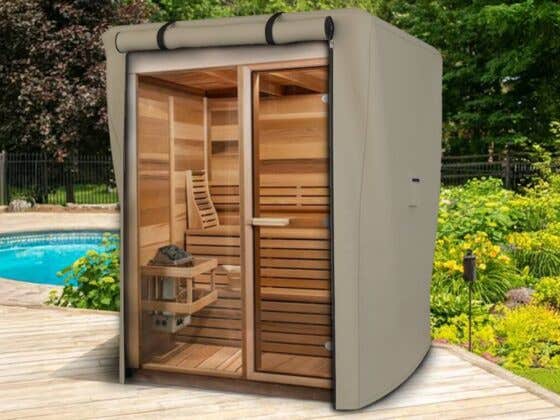
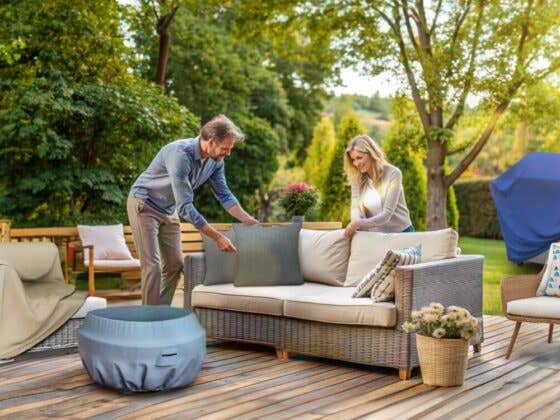
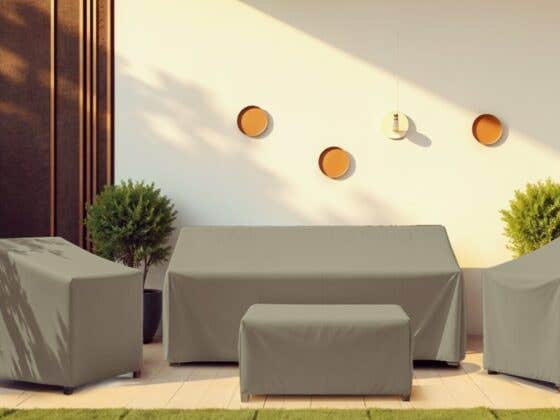
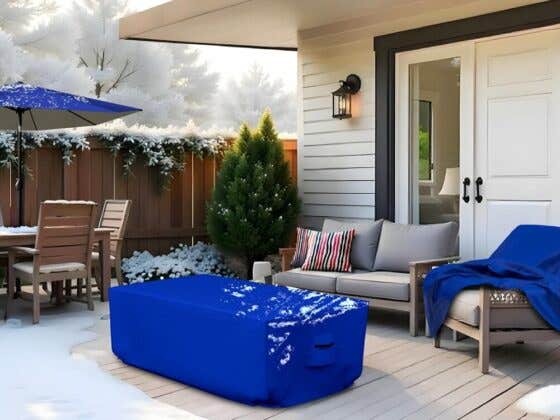
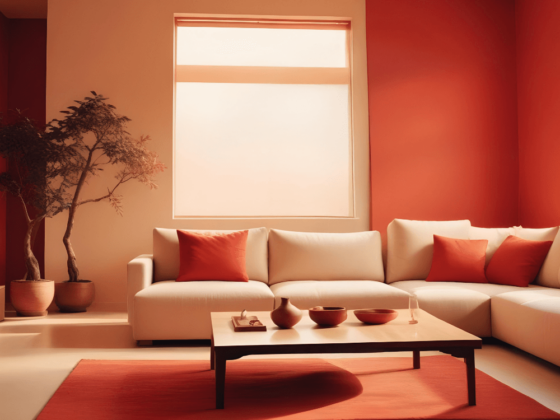
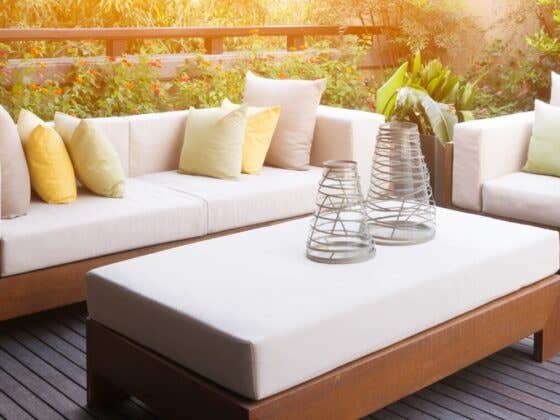
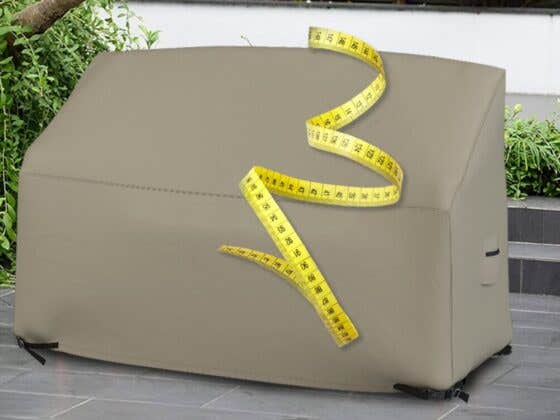
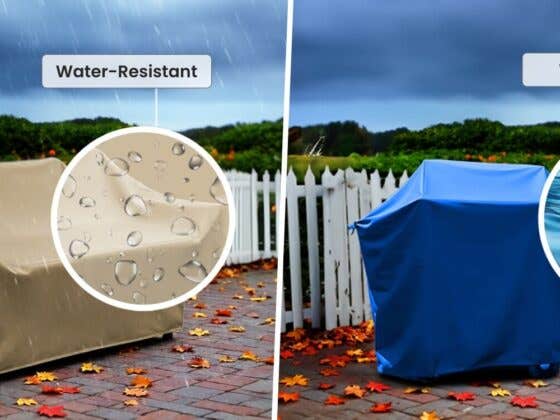
Recent Comments